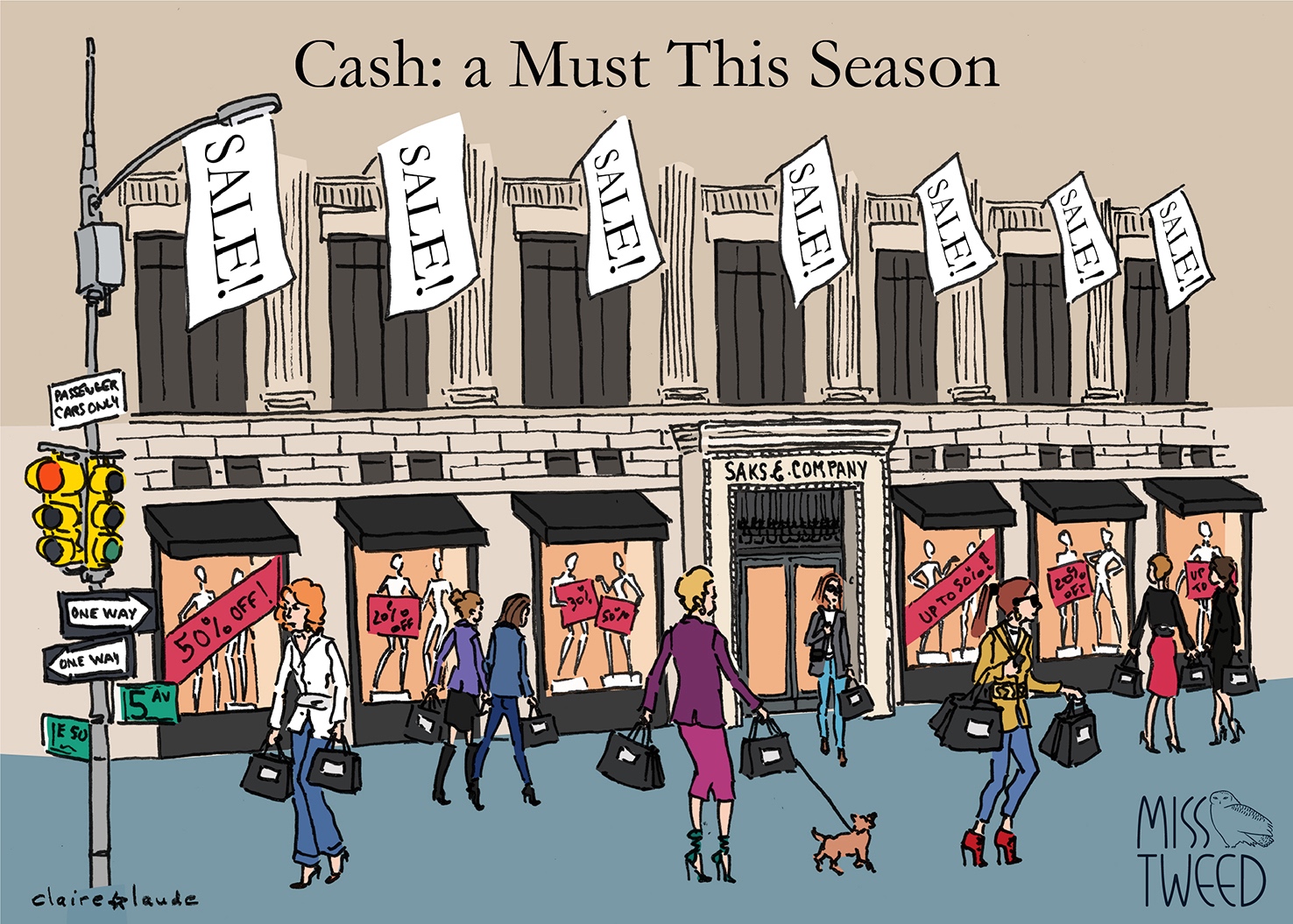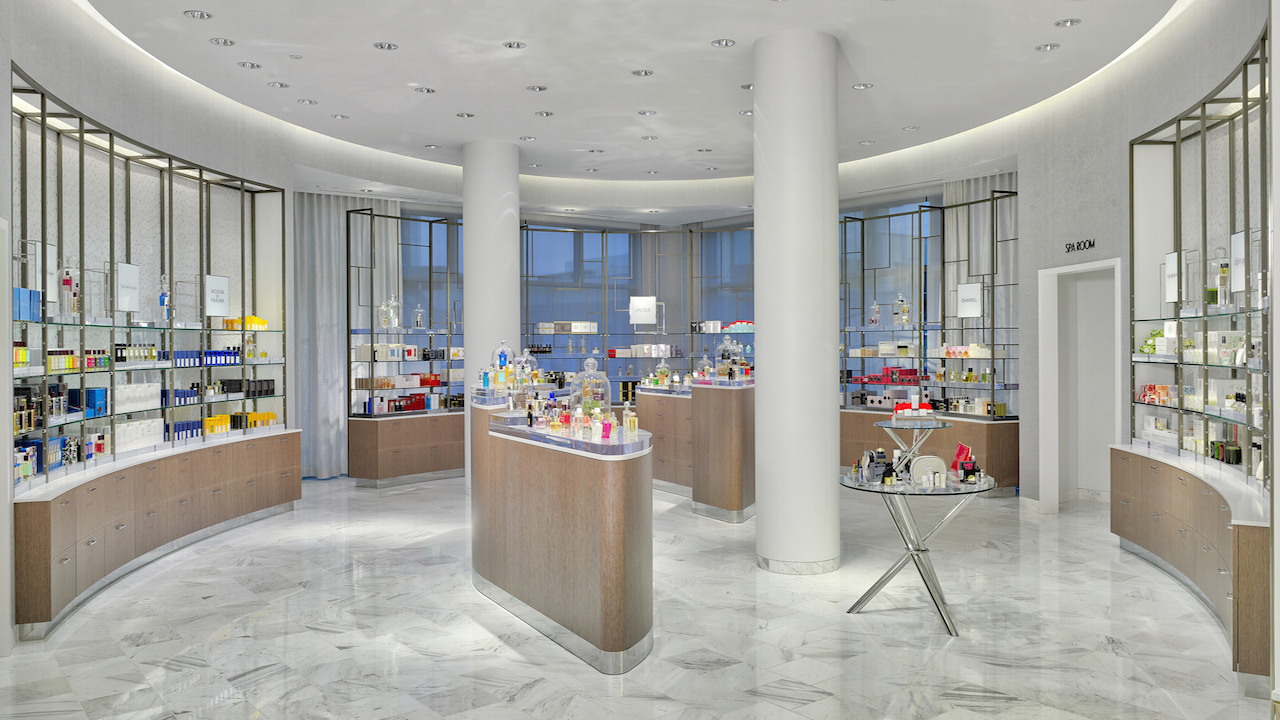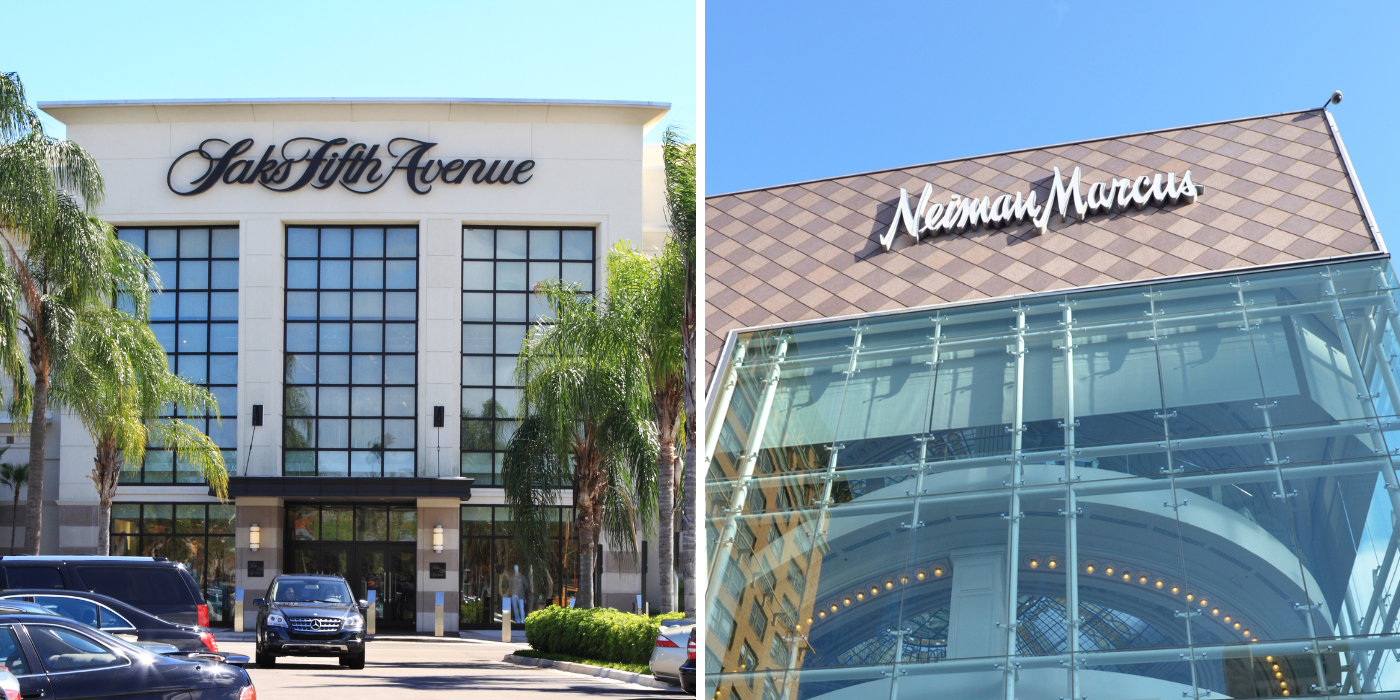Saks Fifth Avenue’s Acquisition of Neiman Marcus

Saks buys neiman marcus – Saks Fifth Avenue’s acquisition of Neiman Marcus, announced in 2022, marked a significant consolidation within the luxury retail industry. The strategic rationale behind this merger was multifaceted, with both companies seeking to capitalize on synergies and address evolving market dynamics.
In a bold move, Saks Fifth Avenue, a renowned luxury retailer, has acquired Neiman Marcus, another iconic department store chain. This acquisition strengthens Saks’ position as a leading force in the luxury retail industry. Saks Fifth Avenue , known for its exceptional customer service and curated selection of designer merchandise, has consistently set the bar for luxury shopping experiences.
With the addition of Neiman Marcus to its portfolio, Saks is poised to further elevate its offerings and expand its reach in the luxury market.
Potential Benefits of the Merger, Saks buys neiman marcus
- Enhanced Scale and Market Share: The combined entity would create a formidable luxury retail powerhouse with a wider geographical footprint and increased market share, allowing it to better compete with larger rivals such as Nordstrom and Bloomingdale’s.
- Cost Savings and Operational Efficiencies: The merger would enable the companies to combine their operations, streamline processes, and reduce overhead costs. This would lead to increased profitability and improved margins.
- Complementary Product Offerings and Customer Base: Saks and Neiman Marcus have distinct yet complementary product offerings and customer bases. The merger would allow them to cross-sell products and expand their reach into new customer segments.
Competitive Implications of the Saks-Neiman Marcus Merger: Saks Buys Neiman Marcus

The merger between Saks Fifth Avenue and Neiman Marcus has significant competitive implications for the luxury retail industry. The combined entity will create a formidable player with a larger market share and increased bargaining power. This merger could potentially alter the competitive dynamics between the two companies and other luxury retailers, leading to changes in market share, pricing strategies, and the landscape for smaller, independent luxury boutiques.
Market Share and Pricing Strategies
The merger is expected to give the combined company a larger market share in the luxury retail sector. This could give Saks Fifth Avenue and Neiman Marcus more pricing power, allowing them to potentially increase prices or offer fewer discounts. Additionally, the merger could lead to increased competition between Saks Fifth Avenue and Neiman Marcus, as they may try to differentiate themselves from each other to attract customers.
Implications for Smaller, Independent Luxury Boutiques
The Saks-Neiman Marcus merger could also have implications for smaller, independent luxury boutiques. The combined company will have a larger selection of products and services to offer customers, which could make it more difficult for smaller boutiques to compete. Additionally, the merger could lead to increased competition for customers, as smaller boutiques may need to offer lower prices or more unique products to attract customers.
Customer Experience and Brand Positioning Post-Merger

The merger of Saks Fifth Avenue and Neiman Marcus has significant implications for customer experience and brand positioning. Both companies have loyal customer bases with distinct preferences and expectations. Saks is known for its luxury fashion and personalized service, while Neiman Marcus is renowned for its curated collections and exceptional customer service. Post-merger, the combined entity will need to navigate the challenge of integrating these two distinct customer experiences while maintaining brand loyalty.
Brand Differentiation and Customer Loyalty
To differentiate their brands and maintain customer loyalty, Saks and Neiman Marcus should focus on leveraging their respective strengths. Saks can continue to emphasize its luxury fashion offerings and personalized service, while Neiman Marcus can focus on its curated collections and exceptional customer service. By maintaining their unique identities, both brands can appeal to their target customers and foster brand loyalty.
Optimization of Brand Positioning
The merged entity should optimize its brand positioning by leveraging the combined strengths of Saks and Neiman Marcus. By creating a unified brand that combines the best of both worlds, the company can appeal to a broader customer base and establish itself as a leading luxury retailer. This can be achieved through a consistent brand message, integrated marketing campaigns, and a seamless customer experience across all channels.
In a bold move that reshaped the luxury retail landscape, Saks, the iconic department store, acquired its esteemed rival, Neiman Marcus. This strategic union brought together two powerhouses, solidifying Saks’ position as a dominant force in the industry. As the saks buys neiman marcus transaction unfolded, it sent shockwaves through the retail world, signaling a new era of consolidation and growth for Saks.